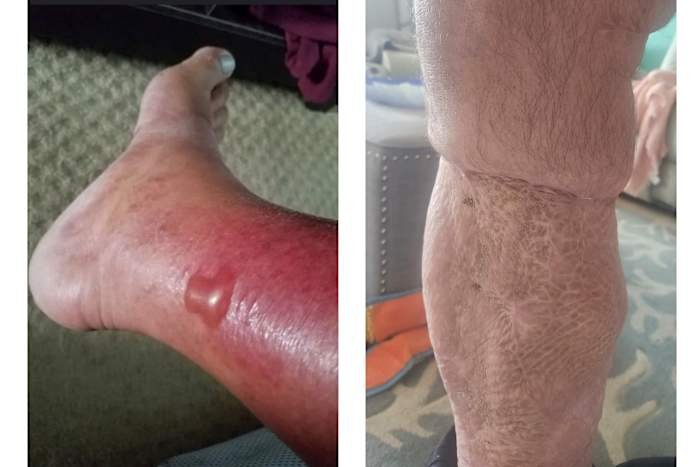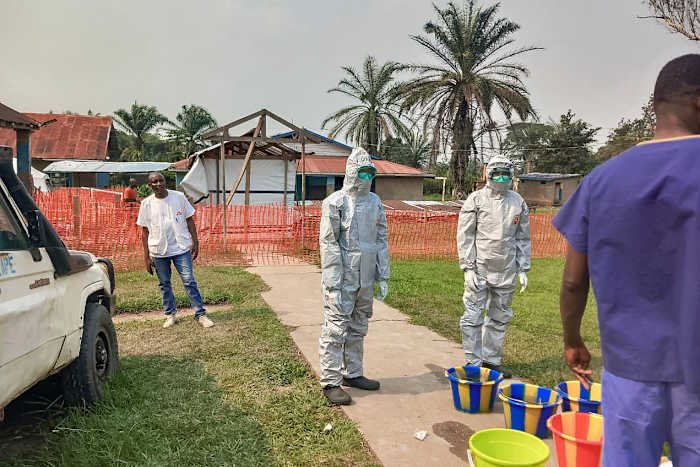As summer heats up and Central Floridians flock to the beach, a lurking danger in the water has health officials on alert. Vibrio vulnificus, a potentially deadly “flesh-eating” bacteria, is causing a surge in infections across coastal states. While Orlando isn’t located right on the coast, our proximity to popular destinations like Daytona Beach, Cocoa Beach, and the Gulf Coast means local residents are at risk during trips to the shore. In this post, the Daily Orlando News team explores what you need to know about Vibrio vulnificus, how you can protect yourself and your family, and what to do if you suspect an infection.
What is Vibrio vulnificus?
Vibrio vulnificus is a type of bacteria naturally found in warm, brackish coastal waters. It thrives in the Gulf of Mexico, Atlantic Ocean, and even the Indian River Lagoon—places that many Orlando locals visit for summer fun. The bacteria is most prevalent between May and October, when water temperatures rise above 68°F (20°C). While rare, Vibrio vulnificus infections can cause severe illness, leading to bloodstream infections, blisters, tissue death, and, in extreme cases, amputation or death.
According to the Centers for Disease Control and Prevention (CDC), about 80,000 people get vibriosis each year in the U.S., and around 100 die from it. Florida, including the beaches Orlando residents frequent, is a hotspot for these infections.
How Do People Get Infected?
There are two main ways people become infected with Vibrio vulnificus:
- Through Open Wounds: If you have cuts, scrapes, or even insect bites, exposing them to salt or brackish water can allow the bacteria to enter your body.
- By Eating Raw or Undercooked Seafood: Consuming raw oysters or other shellfish harvested from contaminated waters is another common way people become infected.
For Orlando locals, a day trip to the coast or a seafood feast at a beachside restaurant could pose a risk—especially for those with weakened immune systems, liver disease, diabetes, or chronic health conditions.
Recognizing Symptoms and When to Seek Medical Help
Symptoms of Vibrio vulnificus infection can appear as soon as a few hours after exposure. They may include:
- Fever and chills
- Redness, swelling, or pain near a wound that was exposed to water
- Blisters or skin ulcers
- Nausea, vomiting, or diarrhea (if infected by eating seafood)
- Severe cases: rapidly spreading skin lesions, sepsis, shock
If you’ve been to the beach and notice any of these symptoms, especially after a wound exposure, seek medical care immediately. Vibrio vulnificus infections progress rapidly, and early treatment with antibiotics can save lives.
Tips to Protect Yourself at the Beach
Staying safe from Vibrio vulnificus doesn’t mean you have to give up your summer trips to Florida’s beautiful beaches. Here’s how you can reduce your risk:
- Cover Up Wounds: If you have any cuts, scrapes, or even recent tattoos or piercings, cover them with waterproof bandages before swimming. Better yet, avoid entering the water until your skin is fully healed.
- Practice Good Hygiene: After swimming, shower as soon as possible and wash any wounds with soap and clean water.
- Be Careful with Seafood: Only eat thoroughly cooked shellfish. Avoid raw oysters and be aware of where your seafood comes from. When in doubt, ask the restaurant about their sourcing and preparation methods.
- Watch for Health Alerts: Before heading to the coast, check for advisories or warnings issued by local health departments or the Florida Department of Health. Some beaches post notices when Vibrio risks are high.
- Protect Vulnerable Family Members: People with chronic illnesses, compromised immune systems, or liver disease should be extra cautious and may want to avoid contact with warm coastal waters altogether during peak season.
What Orlando Residents Should Know
While Orlando is inland, our city is a hub for beachgoers from all over Central Florida. With so many of us making weekend trips to the Atlantic or Gulf coasts, awareness about Vibrio vulnificus is crucial. Orlando-area urgent care centers and hospitals are prepared to recognize and treat these infections, but prevention is your best line of defense. If you’re planning a beach day or a seafood dinner, share this information with friends and family—especially those with health conditions that increase their risk.
Additionally, keep in mind that children can be especially vulnerable, so supervise their play and make sure any scrapes or bug bites are properly covered before they head into the water.
















